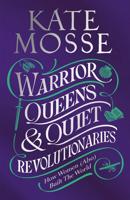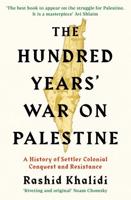Publisher's Synopsis
Leading historians and archaeologists offer a comprehensive introduction to the increasingly entangled worlds that spanned the globe between 600 and 1350 CE.The period between the seventh and fourteenth centuries is hardly thought of as an era of globalization. Entire societies in the Americas, Australia, and Oceania developed in relative isolation from other parts of the world. Even on the interconnected landmass of Eurafrasia, many people had little to do with processes of transregional exchange.Yet the period 600-1350 CE in fact witnessed an explosion of connectivity amid the consolidation of sophisticated approaches to human organization. Flows of people, goods, and ideas across regional boundaries intensified, changing lives at all social levels, from rulers to the enslaved. In the Americas, large cities and north-south trade networks took shape. The Arabic-Islamic conquests of the seventh and eighth centuries, along with the Mongol expansion of the thirteenth, tied together diverse polities from southeast Asia to sub-Saharan Africa. Regions also became more culturally and politically integrated: Latin-Christian models of social organization spread across Europe; the Sinitic written language drew eastern Eurasia into a common elite culture; and the accumulation of significant agricultural surpluses in the Indian subcontinent supported the emergence of a settled political order.Entangled Worlds sees the completion of the magisterial six-volume set A History of the World, offering an authoritative introduction to a vibrant era of global history. The distinguished contributors make clear that there never was a stagnant "Middle Ages" wedged between Antiquity and Modernity but instead a period defined by decisive strides toward global connection, urbanization, and the cultural and political formations we live with today.







